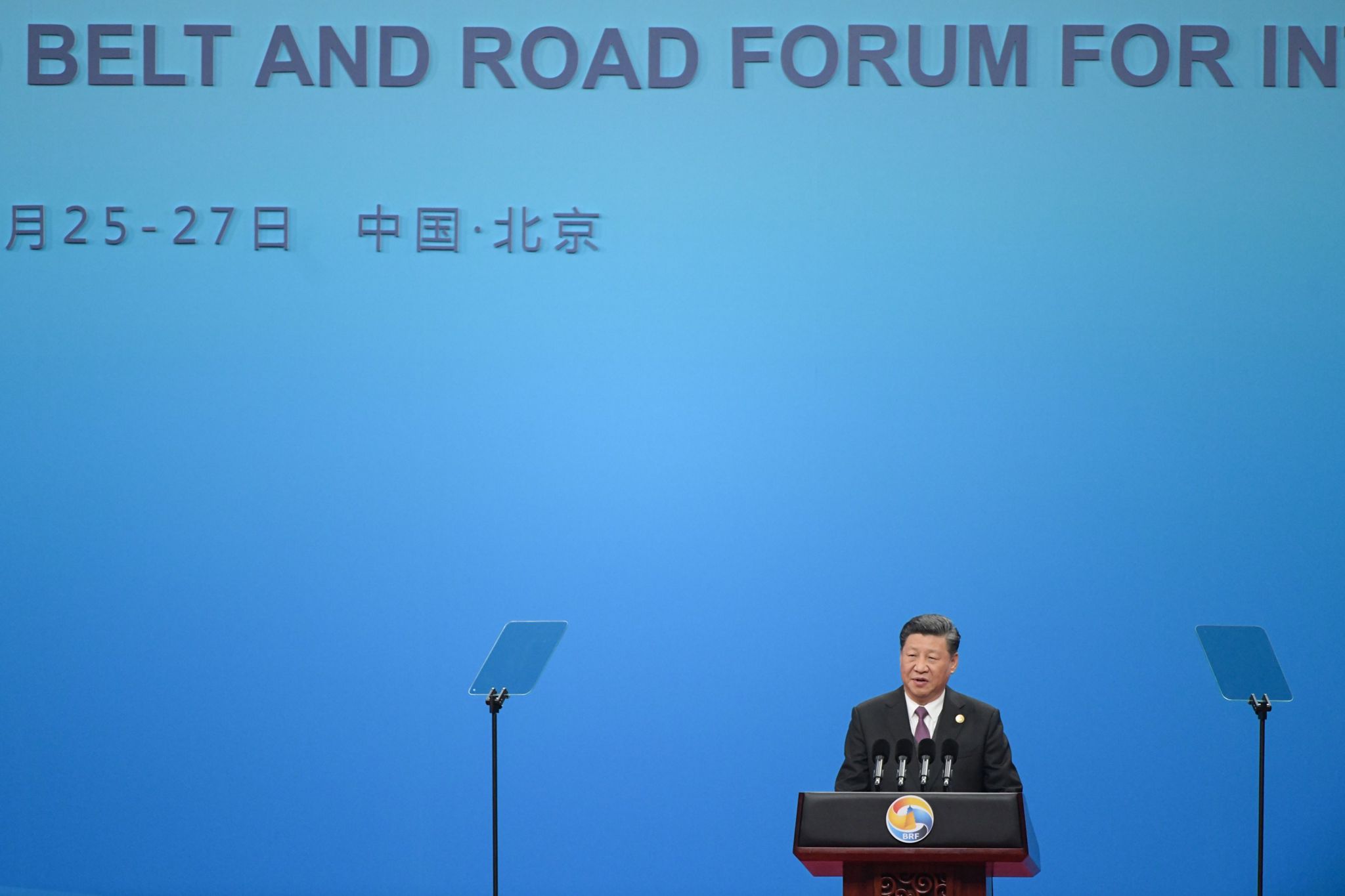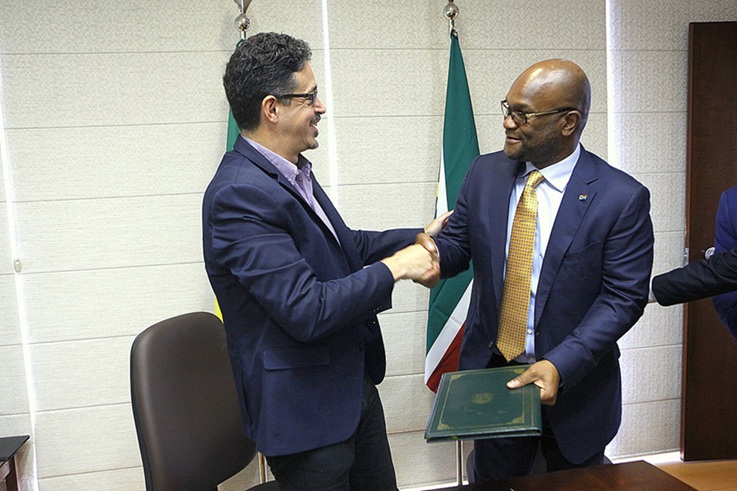In a groundbreaking report released this week, China has emerged as the world’s largest debt collector, owed more than a trillion dollars through its ambitious Belt and Road Initiative (BRI). Launched a decade ago by President Xi Jinping, the BRI aimed to transform global infrastructure and enhance economic ties, particularly with low and middle-income countries. However, as the first decade of the initiative concludes, concerns are rising over the financial strain on borrowing nations and the potential consequences for China.
A report by AidData, a research institute affiliated with Virginia’s College of William and Mary, reveals that over 80 percent of China’s loans are supporting countries facing financial distress. The BRI spans more than 150 countries, from Uruguay to Sri Lanka, with a focus on building bridges, ports, and highways in low and middle-income regions. While proponents applaud the initiative for bringing resources and economic growth to the Global South, critics highlight issues such as opaque pricing, leading to countries like Malaysia and Myanmar renegotiating deals to reduce costs.
According to AidData’s comprehensive analysis of nearly 21,000 projects across 165 countries, China is committing around US$80 billion annually to low and middle-income nations, surpassing the United States’ yearly contribution of US$60 billion. The report underscores that China is now navigating an unfamiliar role as the world’s largest official debt collector.
As more than half of the BRI loans have entered their principal repayment period, AidData predicts that this figure will rise to 75 percent by the end of the decade. The total outstanding debt, excluding interest, from developing nations to China is estimated to be at least US$1.1 trillion. The study indicates that China’s overseas lending portfolio is heavily concentrated on countries in financial distress, leading to reputational damage. China’s approval rating among developing nations has dropped from 56 percent in 2019 to 40 percent in 2021.
In response to these challenges, China is adapting its approach, aiming to de-risk the BRI and align its lending practices with international standards. The report suggests that China is implementing increasingly stringent safeguards to shield itself from the risk of non-repayment. Notably, key BRI lenders are now authorized to unilaterally sweep borrowers’ foreign currency reserves held in escrow, a practice executed mostly in secret and beyond the immediate reach of domestic oversight institutions in low- and middle-income countries.
Despite the challenges, President Xi Jinping announced at a recent summit in Beijing marking the BRI’s tenth anniversary that China would inject over US$100 billion of new funds into the initiative. However, a joint report by the World Bank and other institutions, including AidData, revealed that China had been compelled to provide billions of dollars in bailout loans to BRI countries in recent years.
Beyond financial concerns, the BRI has faced scrutiny for its substantial carbon footprint and the environmental degradation resulting from massive infrastructure projects. As China seeks to address these issues and manage its debt portfolio more effectively, the next decade of the Belt and Road Initiative will undoubtedly be crucial in determining its long-term impact on global economic dynamics and geopolitical relationships.
(Source: Pete Catterall | HKFP)







